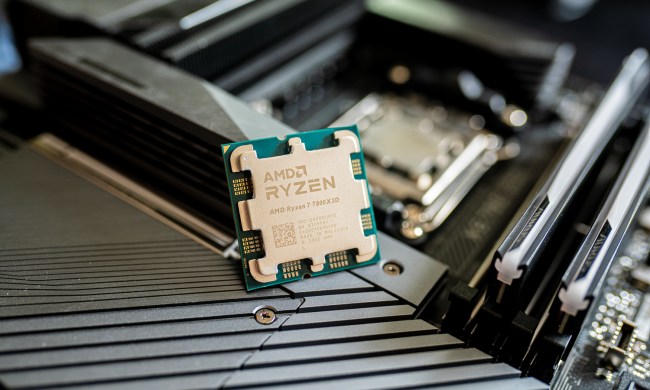According to a new leak, Intel Raptor Lake processors may be getting a much larger cache than their current-gen Alder Lake predecessors. The increase in cache size, which is rumored to be up to 68MB, may result in a huge performance boost.
Intel hasn’t said much about the upcoming processors, but that doesn’t stop rumors from surfacing. Following a cryptic tweet and several more in-depth responses, we now know more about the rumored Intel Raptor Lake upgrade.
68M cache is interesting.😄
— Raichu (@OneRaichu) January 14, 2022
The current leak started with OneRaichu on Twitter, who tweeted a vague message: “68M cache is interesting.” OneRaichu then clarified that the 68MB cache in question is said to belong to an Intel Raptor Lake processor, indicating a massive increase in cache size. This would translate to an improvement in overall CPU performance.
Although the original leaker didn’t follow up with additional information, another user (Olrak29_) chimed in with a diagram that better explains the alleged core configuration of Raptor Lake CPUs. With a rumored combined cache (L2+L3) of 68MB, the CPU will have a somewhat complex cache distribution.
According to the diagram, each Raptor Core Golden Cove (performance) core has 2MB of L2 cache and 3MB of L3 cache. The efficiency Gracemont core clusters, each consisting of four E-cores, have 4MB of L2 cache and 3MB of L3 cache. As Intel Raptor Lake CPUs may have up to eight performance cores and four efficiency core clusters, this adds up to a maximum of 68MB. In a reply to the diagram, another user shared the mathematical operation required to achieve that result: 2*8+4*4+3*12.
https://t.co/RcZl9G1LXr pic.twitter.com/57glzqSCU2
— Olrak (@Olrak29_) January 14, 2022
As long as the rumors are accurate, we’re looking at a massive increase in cache size for Raptor Lake CPUs. Compared to Alder Lake, we may see Intel’s 13th-gen processors with an up to 60% larger L2 cache in the Golden Cove cores and a doubled L2 cache in the Gracemont core clusters. It seems that the L3 cache per object may remain unchanged, but the two extra Gracemont core clusters will increase their size to 36MB.
Locuza on Twitter shared an image that shows the layout of Intel Alder Lake-S processors, and it serves as a good comparison to the rumored Raptor Lake. According to the image, Alder Lake processors, such as the Core i9-12900K, come with 1.25MB of L2 cache for each P-core, and 2MB of L2 cache for every four E-cores. Every core section consisting of a Golden Cove core and a Gracemont core cluster also has 3MB of L3 cache, which adds up to 14MB of L2 and 30MB of L3. This implies that we are indeed looking at a huge upgrade in the next generation of Intel’s best CPUs.
We have already seen what an increase in cache size can do for a processor’s performance. When AMD upgraded the L3 cache upon switching from Zen+ to Zen 2, the gaming boost was undeniable. We may be looking at a similar jump going from Intel Alder Lake to Raptor Lake.
The release of Intel Raptor Lake will mark the beginning of Intel’s 13th generation of processors. The manufacturer is keeping pretty hush about a possible release date, but rumors point to a launch as early as this year. With AMD soon releasing Zen 4, it would make sense for Intel to try to stay ahead of the curve.



